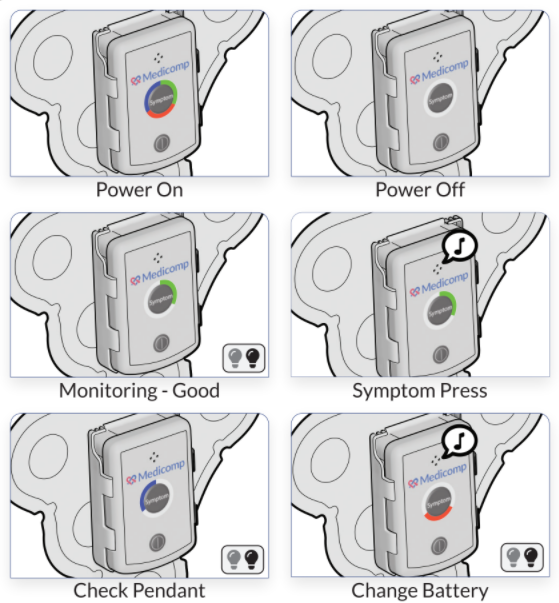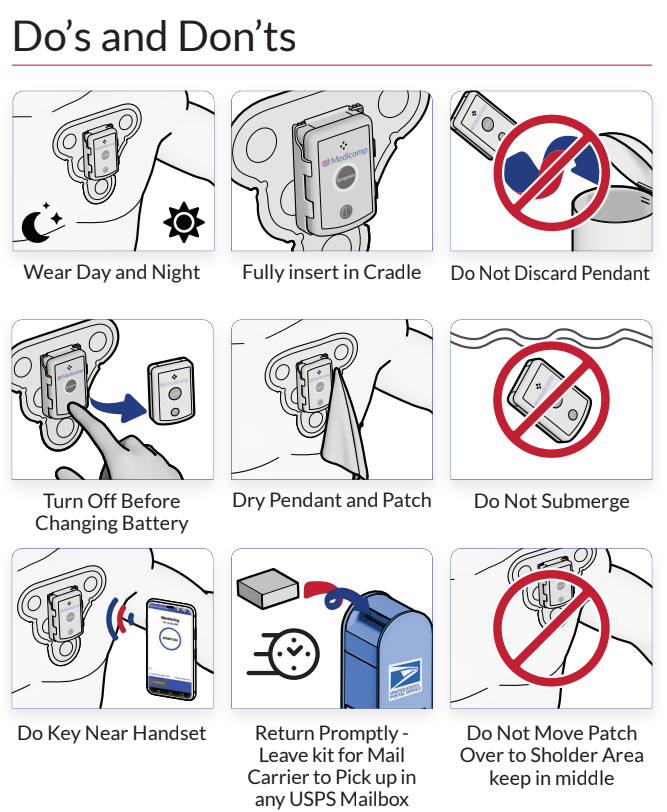If you or a loved one has recently noticed something off with the way your heart beats, you may want to talk to your doctor about using a wireless event monitor. Wireless event monitors are portable devices that you can take with you as you go about your regular activities. When you are done with it, your doctor can go over the results and let you know if there is anything that needs to be addressed. Event monitors have helped revolutionize the level of convenience patients and doctors receive when it comes to heart care.
Mostly used to diagnose arrhythmias, event monitors are important for detecting problems with the heart’s regular rhythm. An arrhythmia is an irregularity with the regular rhythm or speed of the heart’s beat. The heart can beat too fast or slow, causing discomfort and possibly pointing to a more serious underlying condition. Event monitors can also be used to diagnose the causes of patients suffering from blackouts and palpitations.
Event monitors are also capable of detecting the presence of a silent myocardial ischemia. A silent myocardial ischemia is a condition where the muscles of the heart do not receive enough oxygen. ‘Silent’ refers to the fact that no symptoms occur for the patient to notice on their own. The monitor also helps to verify if treatments for silent myocardial ischemia and arrhythmias is effective. After a problem with the heart has been diagnosed and treatment is underway, event monitors let doctors know if the treatment is going well. People recovering from major surgeries or other forms of treatment will also use event monitors to make sure the recovery is going smoothly.
Easy and safe to use, event monitors are non invasive and simply use electrodes attached to the skin to begin recording the heart’s activity. Once you are done with them, all you need to do is return the device to your doctor or cardiac monitoring center and wait for the results. To learn more about event monitors and about heart health, visit the ReactDx Inc. blog today.



